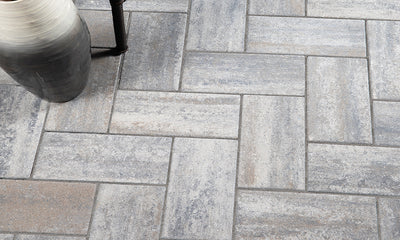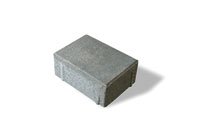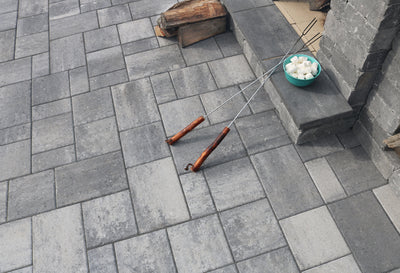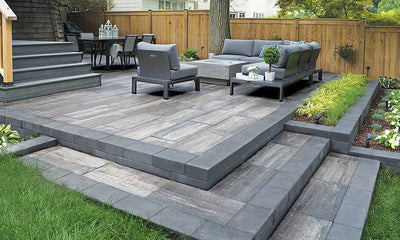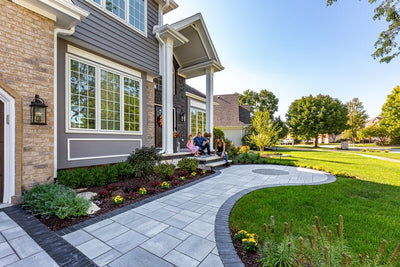
How to Select Pavers: Finish, Shape & Colour
Jonathan Perrette
In the design phase, paving designers often incorporate generic representations of pavers and outdoor flooring in conceptual or schematic plans, indicating size, colour, and, occasionally, texture, depending on the medium. This aids in conveying their intent or sending a message about the space, establishing a mental image for decision-makers. As the design process progresses, these ideas undergo refinement, with additional layers introduced. Selecting the right material can be daunting without familiarity with the terminology.
Pavers stand apart from other options due to their versatility, offering an incredible range of options.
While the sequence of detail may vary, it is recommended to first start with these;
Top 3 Initial Paver Reference Points
- Finish – Surface texture
- Shape – Size of paver
- Colour – Preferred tone
If a designer is certain about working with large rectangles based on their conceptual plan, they can begin there and explore other options. If they prefer a dark alternative, they can initiate the selection process based on that colour and explore related options.
Paver Characteristics: A Closer Look
1. Paver Finishes
Texture
The options are extensive with a diverse range of architectural finishes, including Senzo, Umbriano, Series, Granito, Revela, Il Campo, Premier, and classic standard choices. Specialized products like Elegance® with Reala™ Technology cast surface add further possibilities, resulting in over 400 options.
Pattern/Laying Pattern
Although not inherently part of the paver, the laying pattern introduces another layer to the overall message. Simple, single-shape patterns or more flexible multi-shape patterns convey different messages, offering designers additional avenues for creative expression.
Style
Beyond the paver itself, this encompasses the overall theme of the project. What visual message does the paver’s project aim to convey – contemporary, rustic, traditional, etc.? The characteristics could range from classic and tumbled to faux and modern, aligning with the project's theme.

2. Paver Shape & Sizes
Shape
Breaking down into squares, rectangles, geometric patterns, or a mix of these, the shape also represents scale. The choice of shape and scale contributes to defining the space, providing a unique grain. Considerations of whether the area is large or small influence the scale of the chosen design.
Size
Directly related to thickness and aspect ratio, size plays a role in application types, especially concerning vehicular loads. Thickness options typically range from 5 to 15cm. The aspect ratio, viewed as length x width or length x thickness, is crucial for consideration.

3. Paver Colour
Colour
Generally linked to texture, colour choices are mostly exclusive to the texture. Lighter colours expand, while darker colours contract. There are many different stock colours available in product lines, providing ample choices to suit various design intents.
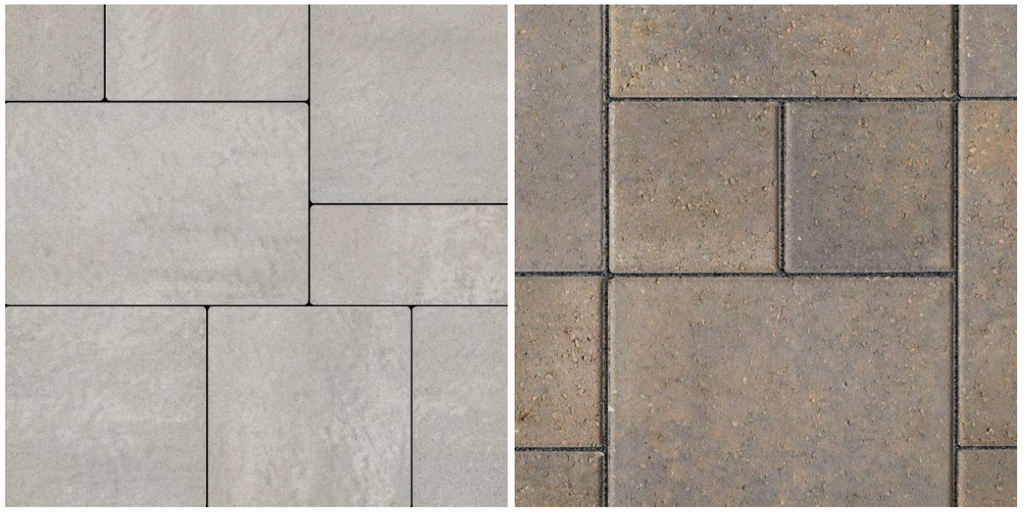
As designers become acquainted with these key characteristics, they gain a deeper understanding of the paver, stone and landscape requirements, contributing to a rewarding design vision. Each project reflects different ideas and design intents.
Let us know how we can inspire and assist you in building your vision. Contact us today to get started.




